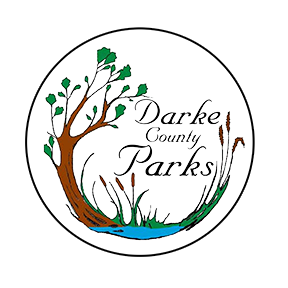Discovering Wild - Naturalist Corner Winter 2016
As I hiked the loop trail of Chestnut Street Marsh on a brisk November morning, I was again reminded that one needn’t travel to a far-away location to discover “wild.” You can still find pockets of wild hidden very close to home. As I began the hike around the marsh enjoying the variety of geese, songbirds, herons and ducks (all watching me from afar) they didn’t seem all that different from those I could have encountered after driving a significant distance. In fact, on this particular day, I even had the joy of encountering an unusual “blue-morph” of a migrating Snow Goose! As the sun rose higher in the sky, the flocks of geese began to take flight and head to the day’s feeding grounds. What a spectacle to encounter over fifty geese lifting off flying directly overhead! The sound of their communications to stay in position; the sound of their wing-tips whistling; the sound of other birds responding to the sudden commotion! Truly majestic!
Yet another example of finding the wild in your backyard can be seen from a recent park trail walk-about, this time at Turkeyfoot Preserve. As I explored the trails enjoying the changing seasons, I suddenly noticed the sound of water falling from the creek the trail paralleled. Looking closer, I encountered a two to three foot high beaver dam! Beavers, the second largest rodent in the world, have been making resurgence after being extirpated (locally/regionally extinct) from Ohio since the 1830s. While they can still cause a problem at times with their expert dam-building, this close proximity to wild is what many of us yearn for.
Finally, during these wintery months, our basic instinct telling us to stay dormant and to rest can sometimes take over. When this occurs, we can still find “wild” in our very backyards. Putting up a simple birdfeeder (or two, or 10) can turn a boring backyard into a bustling hub of activity. The number of bird species one can encounter at a backyard feeder is astounding. This is a perfect way to introduce nature to the young ones in your life or to give home-bound individuals something new to enjoy. The knowledge from a single winter than can be gained from the “wild” in your backyard is staggering. This knowledge can be then shared with the world with the use of a simple computer and internet access. Project FeederWatch is sponsored by Cornell University and offers backyard birders (and Nature Centers) the chance to spread their knowledge through “citizen science” helping to learn and protect bird species. Want a change of scenery? Come to the Nature Center’s weekly Project FeederWatch Tuesdays and Wednesdays from 9:30-11:30am through March and help us count the birds at the Nature Center! Compare your “wild” to ours.
These are the benefits of parks and preserves: for these moments, it doesn’t matter if one is the only human around for miles and miles or if you stuck smack in the middle of the city with only a border of trees providing the boundary. Spend time to walk with nature not for the distance traveled, but for the connection. Touch the giant trees you pass, smell the rotting leaves, listen to the crunch of frosty earth beneath your feet. When we learn to enjoy the pockets of wild we have around us, when we learn to live with and not against Nature, we suddenly learn that we are one with the “wild” many seek and the soul will be lifted.
-- Robb Clifford ~ chief naturalist
